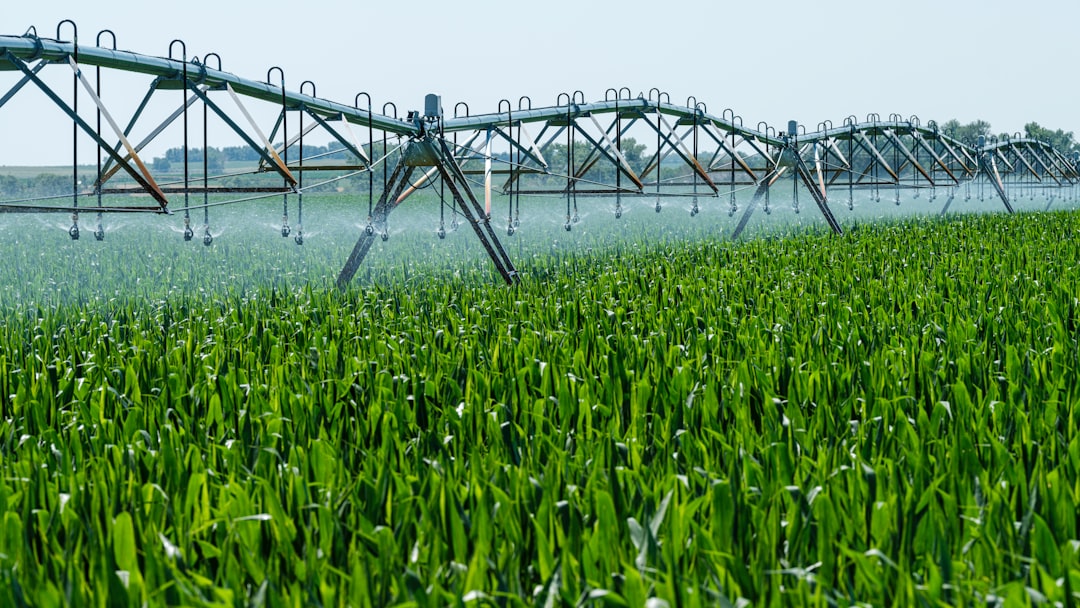What is it about?
This paper represents a pioneristic analysis of the prominent aspects of the aerobic biostabilisation process of putrescible organic waste with particular emphasis on the microbiological ones. Attention is given to the appropriate management of the physico-chemical parameters governing the composting reaction in order to obtain a valuable end product to be used as organic fertiliser in agriculture. Hygienic and sanitary implications as well as considerations on the process flow-sheet and correlated plant facilities are also discussed. Furthermore, compost is analysed from the agronomic point of view, with particular reference to the effects on plant growth. Aspects regarding the methods to monitor both biological maturity and phytotoxicity of compost are finally evaluated.
Featured Image
Why is it important?
The paper represents an actual mile-stone in the compost science literature useful to the scientists interested in the composting process, to the process engineers involved in the treatment /recovery of organic waste of urban, agricultural and industrial origin, as well as to stakeholders and decision-makers engaged on planning waste management.
Perspectives
The composting process, with all its implications at both scientific and technological levels is destined to remain a pivotal theme in the context of actions aimed at developing environmentally sound strategies for integrated waste management.
Professor Giovanni Vallini
Department of Biotechnology - University of Verona
Read the Original
This page is a summary of: The biology of composting: A review, Waste Management & Research The Journal for a Sustainable Circular Economy, June 1983, Elsevier,
DOI: 10.1016/0734-242x(83)90055-1.
You can read the full text:
Contributors
The following have contributed to this page










